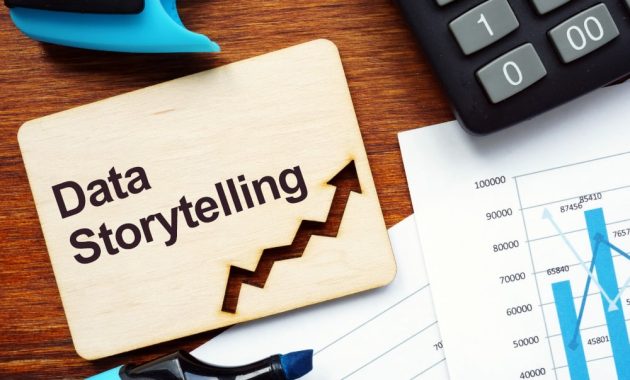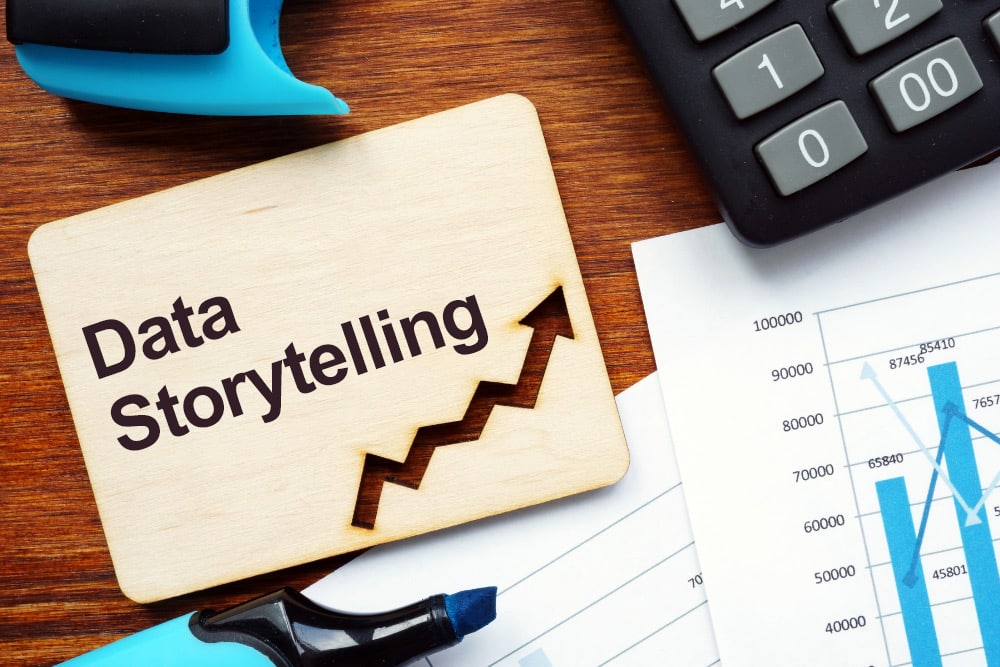
Unlocking Insights: Data Storytelling with Business Intelligence Software
In today’s data-driven world, raw numbers alone rarely tell the full story. To truly understand complex information and make informed decisions, businesses need to transform data into compelling narratives. This is where data storytelling with Business Intelligence (BI) software comes into play. It’s more than just visualizing charts; it’s about crafting a coherent and persuasive story using data to connect with your audience.
The ability to effectively communicate insights derived from data is a critical skill for businesses. Successful companies are those that can not only collect and analyze data but also translate it into actionable strategies. Data storytelling with Business Intelligence software empowers organizations to bridge the gap between raw data and human understanding. It enables them to gain a competitive edge through improved decision-making, enhanced stakeholder communication, and a deeper understanding of their operations.
The Power of Data Storytelling
Data storytelling is the art of weaving narratives using data visualizations and insights. It involves selecting the right data, structuring it in a logical manner, and presenting it in a way that resonates with the audience. This approach moves beyond simple data presentation to create a narrative that engages and informs.
Effective data storytelling incorporates several key elements:
- Understanding the Audience: Tailoring the story to their needs and level of understanding.
- Choosing the Right Data: Selecting relevant metrics that support the narrative.
- Visualizations: Using charts, graphs, and other visuals to highlight key insights.
- Contextualization: Providing background information and explaining the significance of the data.
- Narrative Structure: Organizing the story in a logical flow, with a clear beginning, middle, and end.
By combining these elements, data storytelling transforms complex data into easily digestible and memorable insights. This leads to better understanding, more effective communication, and improved decision-making across all levels of an organization. The use of Business Intelligence software is crucial to this process.
Business Intelligence Software: The Engine of Data Storytelling
Business Intelligence (BI) software provides the tools and capabilities to collect, analyze, and visualize data. It acts as the engine that powers data storytelling. BI platforms integrate data from various sources, clean and transform it, and then provide powerful visualization tools. These tools empower users to create compelling data stories.
Key features of Business Intelligence software that support data storytelling include:
- Data Integration: Connecting to various data sources, such as databases, spreadsheets, and cloud services.
- Data Transformation: Cleaning, transforming, and preparing data for analysis.
- Data Visualization: Creating charts, graphs, maps, and dashboards to represent data visually.
- Interactive Dashboards: Allowing users to explore data dynamically and gain insights through interactions.
- Reporting: Generating reports and sharing insights with stakeholders.
Popular Business Intelligence software options include Tableau, Power BI, Qlik Sense, and Looker. Each platform offers unique features and capabilities, but they all share the common goal of empowering users to extract valuable insights from data and tell compelling stories.
Crafting a Compelling Data Story
Creating an effective data story requires careful planning and execution. It is not simply about throwing together some charts and graphs. It’s about crafting a narrative that is easy to understand. It should also be persuasive and actionable.
Here are the steps involved in creating a compelling data story:
- Define the Objective: What is the key message you want to convey? What questions do you want to answer?
- Identify the Audience: Who are you trying to reach? What are their needs and interests?
- Collect and Prepare Data: Gather relevant data from various sources and clean it. Then, transform it for analysis.
- Choose the Right Visualizations: Select the most effective charts and graphs to represent your data.
- Structure the Narrative: Organize your story in a logical flow, with a clear beginning, middle, and end.
- Provide Context and Explanations: Explain the significance of the data and provide background information.
- Create a Call to Action: What do you want your audience to do after they have heard your story?
By following these steps, businesses can create data stories that are both informative and persuasive. This will lead to better communication, improved decision-making, and a deeper understanding of their operations. The use of Business Intelligence software facilitates this process.
Benefits of Data Storytelling with Business Intelligence Software
The advantages of using data storytelling with Business Intelligence software are vast. It goes beyond simply presenting data. It transforms raw data into actionable insights. This leads to several significant benefits for organizations:
- Improved Decision-Making: Data-driven insights help make better decisions.
- Enhanced Communication: Data stories facilitate clear and concise communication.
- Increased Engagement: Visualizations make data more engaging.
- Faster Insights: Quickly identify trends and patterns.
- Better Collaboration: Share insights more effectively.
- Competitive Advantage: Gain a better understanding of your business.
These benefits translate into tangible results. They include increased revenue, reduced costs, and improved customer satisfaction. The use of Business Intelligence software is key to achieving these outcomes.
Examples of Data Storytelling in Action
Data storytelling is used across various industries and functions. Here are some examples of how businesses use it:
- Sales and Marketing: Tracking sales performance, identifying customer segments, and optimizing marketing campaigns.
- Finance: Analyzing financial performance, identifying trends, and managing risk.
- Operations: Optimizing supply chains, improving efficiency, and reducing waste.
- Human Resources: Analyzing employee performance, improving retention, and optimizing recruitment.
- Healthcare: Analyzing patient data, improving outcomes, and optimizing resource allocation.
These examples showcase the versatility and impact of data storytelling with Business Intelligence software. It is a powerful tool that can be used to improve decision-making across all areas of a business.
Best Practices for Data Storytelling
To maximize the impact of your data stories, it’s important to follow best practices:
- Know Your Audience: Tailor the story to their needs.
- Keep It Simple: Avoid overwhelming your audience with too much information.
- Use Visualizations Effectively: Choose the right charts and graphs.
- Provide Context: Explain the significance of the data.
- Tell a Narrative: Structure your story in a logical flow.
- Be Accurate: Ensure your data is accurate and reliable.
- Be Transparent: Disclose your data sources and methodologies.
- Practice, Practice, Practice: Refine your storytelling skills.
By following these best practices, businesses can create data stories that are both informative and persuasive. They can also drive better decision-making and achieve their business goals. Business Intelligence software simplifies this process.
The Future of Data Storytelling
The future of data storytelling is bright. As data becomes more abundant and accessible, the demand for skilled data storytellers will continue to grow. Advancements in Business Intelligence software will also play a key role.
Key trends in the future of data storytelling include:
- Increased Use of AI and Machine Learning: Automating data analysis and generating insights.
- More Interactive Visualizations: Enabling users to explore data dynamically.
- Greater Emphasis on Personalization: Tailoring data stories to individual users.
- Wider Adoption Across Industries: Expanding the use of data storytelling.
Businesses that embrace these trends will be well-positioned to leverage the power of data storytelling. They will also gain a competitive advantage in the years to come. The use of Business Intelligence software will be essential.
Conclusion
Data storytelling with Business Intelligence software is a powerful approach. It transforms raw data into actionable insights. It empowers businesses to make better decisions. It also improves communication. By understanding the principles of data storytelling and leveraging the capabilities of Business Intelligence software, organizations can unlock the full potential of their data and drive meaningful results. The future of business is data-driven, and data storytelling is the key to unlocking that future. It will also lead to better understanding and improved outcomes.
[See also: Understanding Business Intelligence; Data Visualization Best Practices; Choosing the Right BI Tool]

